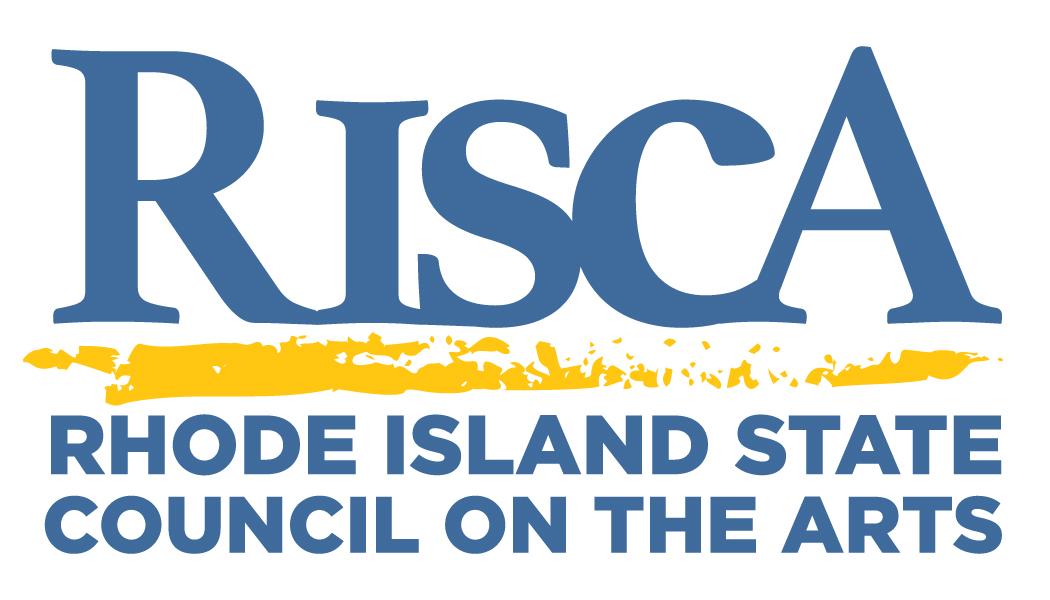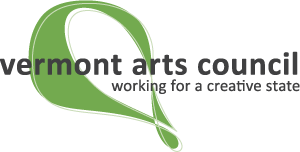Stay Connected
Receive the latest news, grant offerings, and community events.
The creative economy is a powerful engine of growth and community vitality. Together, artists, cultural nonprofits, and creative businesses produce and distribute cultural goods and services that generate jobs, revenue, and quality of life. A thriving cultural sector leads to thriving communities.
NEFA’s vision for our region is a sustainable, inclusive, and connected New England creative economy that is valued by all New England communities. This means that creative people and places are recognized, supported, well-informed, and connected to each other and the broader ecosystem.
In pursuit of that vision, we work to strengthen the creative community by supporting its visibility, networking and knowledge building - both internally among creatives as well as externally with the broader community.
NEFA has a 40+ year history of providing arts organizations with data-driven research to be used for advocacy to their local governments, strengthening and informing local, statewide, and regional efforts to build New England’s creative economy. NEFA research models can be used by anyone in the U.S. to quantify and develop their own creative community.
See highlights from our latest report, The Jobs in the New England Creative Economy and Why They Matter (June 2017) including data for each New England state at nefa.org/necreativejobsmatter.
NEFA connects constituents who care about building creative communities - to each other and to ideas, practical information, and tools used in New England neighborhoods. Learn more about the Creative Communities Exchange (CCX) and Creative Economy Network.
CreativeGround is the dynamic regional directory that celebrates and reflects the vital work of artists, creatives, culture bearers, creative organizations and businesses. It is the place for all to gain insight into the vibrant regional creative ecosystem.
Sharing the stories, relationships, and data of the creative community empowers its people with more knowledge, connection, and resources. When creative communities are supported, all communities thrive.
Learn More About CreativeGround
Community initiatives are posted by advocates from around New England to share creative economy projects that leverage local creativity and cross-sector partnerships to address social, economic, and cultural issues in their communities.
Search the community initiatives or submit your own.
NEFA has a history of providing arts organizations with data-driven research to be used for advocacy to their local governments and has become the foundation for local and statewide efforts to build New England’s creative economy.
| 1978 | NEFA starts its economic impact studies of New England's nonprofit cultural sector. |
| Mid-1990s | NEFA's studies include data from the Internal Revenue Service, revealing that the nonprofit cultural community in New England is a more significant economic force than anyone had imagined. Leaders in the region's business, government, cultural, and educational sectors take notice. |
| 1998 | The Creative Economy Initiative is formed, bringing together the commercial and nonprofit components of New England's cultural sector. |
| 2000 | NEFA partners with the New England Council to define the creative economy and analyze its collective economic impact in The Creative Economy Initiative: The Role of the Arts and Culture in New England's Economic Competitiveness. |
| 2005 | NEFA refines long-standing methodology for examining the nonprofit component of the creative economy with New England's Creative Economy: The State of the Public Cultural Sector. |
| 2006 | The economic Impact Calculator is added to CultureCount as a pilot project. Users can learn about the input-output economic models that assess economic impact and estimate the economic impact of a single or group of arts/culture nonprofits in Massachusetts. |
| 2007 | NEFA updates its 2000 report to offer a reliable, public definition of the occupations and industries of the creative economy in The Creative Economy: A New Definition. |
| 2008 | NEFA re-launches the New England Cultural Database (NECD) as CultureCount, the only online comprehensive and consistent data collection resource for New England's creative economy, collected over NEFA's 30-year research history. |
| 2009 | Selections of new data are released in New England’s Creative Economy: The Nonprofit Sector, which demonstrates the size and financial statistics of New England's arts and culture nonprofits. |
| 2010 | NEFA co-hosts Connecting Creative Communities with the City of Providence Department of Art, Culture + Tourism, a summit where leaders from New England gathered to share strategies for engaging the creative sector and to begin to develop a network of creative communities. |
| May 2011 | NEFA co-hosts the Creative Communities Exchange with Berkshire Creative and establishes Creative Economy awards of $3,500 each to recognize two exemplary creative economy projects in New England. |
| Sept. 2011 | NEFA releases New England's Creative Economy: Nonprofit Sector Impact, the next installment of the report series focusing on economic impact of New England's arts and cultural nonprofits, including organizational examples from each state. |
| June 2013 | NEFA creates the creative economy community initiatives section on their website, which contains exemplary creative placemaking initiatives posted by organizations that leverage local creative assets and cross-sector partnerships for community revitalization and growth. NEFA co-hosts the Creative Communities Exchange (CCX) with Creative Portland and awards two Creative Economy awards to recognize two exemplary creative economy projects in New England. |
| January 2014 | NEFA launches CreativeGround, merging former directories Matchbook.org and CultureCount into an enhanced, comprehensive directory of New England’s creative enterprises and artists. |
| June 2015 | NEFA hosts the fourth Creative Communities Exchange (CCX) with the help of local host, Arts Alive!, in Keene, NH. |
| June 2017 | NEFA releases The Jobs in New England's Creative Economy and Why They Matter. The report shows: New England’s creative economy employs nearly 310,000 people who earn a total of $17 billion per year, New England has a 20% higher prevalence of artists in its employment base compared to the U.S, employment trend data since 2000, the local landscape of creative enterprises, and a survey of artists and creative workers reflecting the realities of work life. |
| June 2017 | NEFA hosts the fifth Creative Communities Exchange (CCX) with the help of local host, the Southeastern Connecticut Cultural Coalition, in New London, CT. |
| June 2019 | NEFA hosts the sixth Creative Communities Exchange (CCX) with the help of local host Montpelier Alive in Montpelier, VT. |
| March 2022 | NEFA launches an upgraded CreativeGround as its primary data and network building tool. |
At the Creative Communities Exchange, NEFA's Creative Economy awards - for an organization or for a specific project - are presented in recognition of successful strategies, scope of impact on the creative economy, and possibility for replication in other communities.








Receive the latest news, grant offerings, and community events.